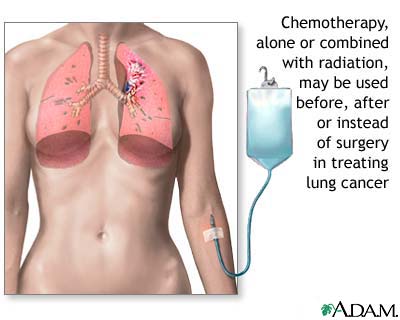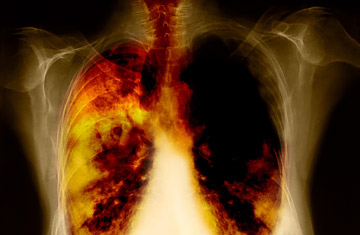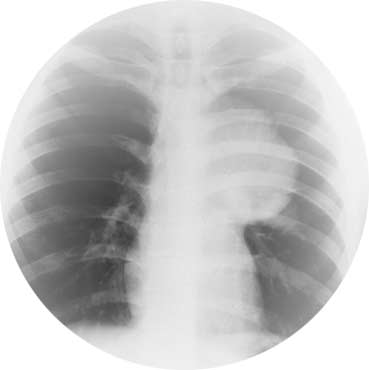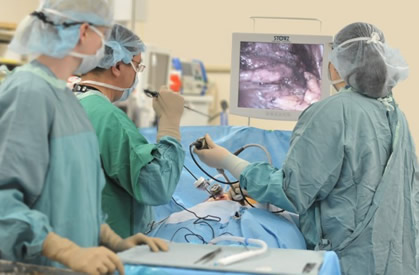Novelos to the Rescue: The Fight Against Cancer
The fight against lung cancer begins and ends with breakthrough research. Period. One company that is at the forefront of innovating the way we can treat lung cancer is Novelos Therapeutics (www.novelos.com), a Massachusetts-based biotech firm that may very well save tens of thousands of lives. Novelos has a lead product, NOV-002, that looks like the most promising - and safe - means of defeating non-small lung cancer (NSLC). Let me put this news in its most deserved context: NOV-002 is something we need immediately -- for the betterment of science and the preservation of life! I write these words as someone who has lost a dear friend to lung cancer; I write these words as a citizen frustrated by the delays government imposes on scientific discovery and the red tape that undermines progress. Based on my own readings - and I am careful to separate mere speculation from provable facts - NOV-002 could do for NSLC would anti-viral drugs have done for HIV: revolutionize everything, putting patients in a position strength and renewed energy.
This column in Health News Digest makes the same point, that NOV-002 is the real deal, while educating people about the important changes currently underway in the treatment of NSLC. I rarely get into the minutiae of this stuff, but I want people to learn more about this treatment because, based on the numbers, we all have a friend or loved one dealing with NSLC. And we can't afford to wait for this disease to take its course. The fight against NSLC starts now! NOV-002 is in the fight -- we need to defeat this scourge.
http://www.healthnewsdigest.com/news/Cancer_Issues_660/New_Pathways_In_The_Treatment_Of_Non-Small_Cell_Lung_Cancer.shtml





